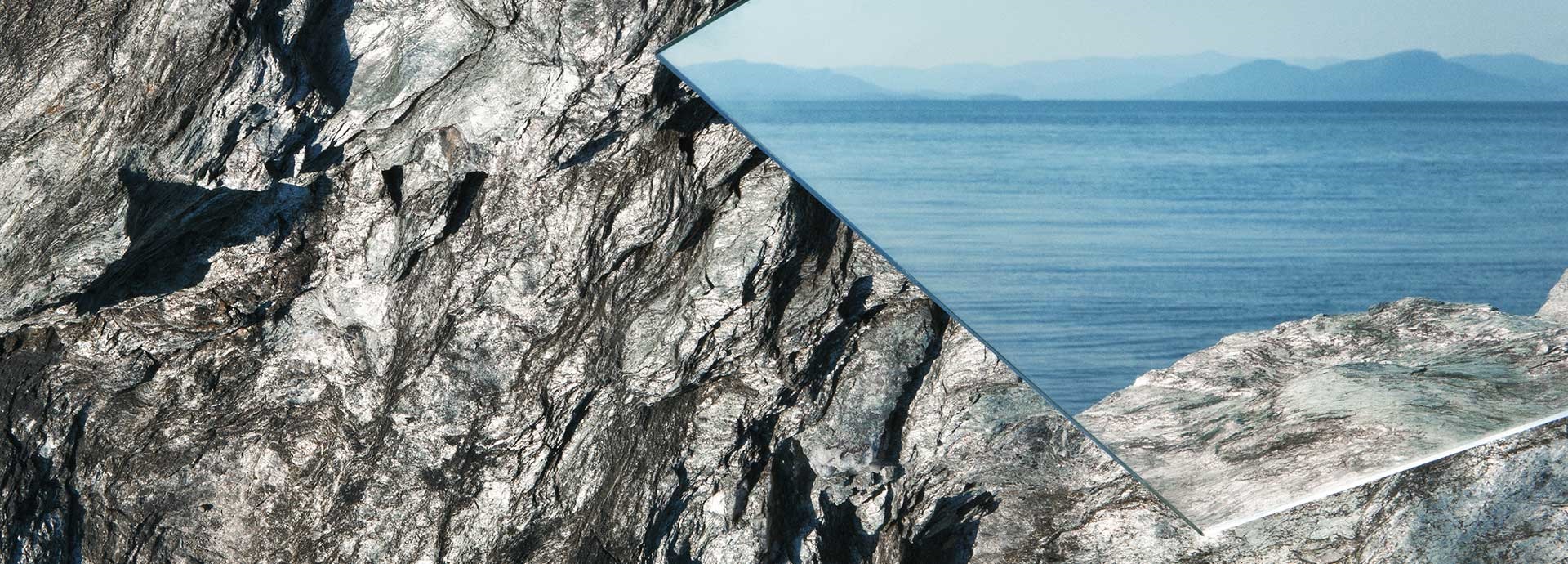

5803 results
A drive is an electronic device used to regulate the performance of an electric motor. It works by controlling the power, frequency and current the motor draws from the grid.
Flexible material used to pack joints in machinery, piping, doors, hatches, etc, to prevent any leakage.
We can divide the new drillships designs into three main groups: 1. Ships with no oil storage capability, generally intended for exploration drilling.
A space not arranged or equipped in an approved manner to ensure that its atmosphere is at all times kept in gas-safe condition. IMO Codes defines many gas-dangerous spaces on board gas carriers, chemical carriers etc.
Removal of impurities from natural gas such as water, sulfur compounds and carbon dioxide.
CLIPPER VIKING is an ice-strengthened gas tanker type 2G, designed to carry ethylene, vinyl chloride monomer (VCM), ammonia, propylene oxide, propane, butane and other liquefied gases.
Wärtsilä GasReformer is the solution for utilising gaseous fuels that either contain large amounts of heavier hydrocarbons or vary in their composition.
Separation of oil and gas involving removal of impurities and gas condensate from natural gas.
Portable instruments for measuring the concentration of hydrocarbon gas in inerted and non-inerted atmospheres, of other toxic gases and oxygen.
The procedure of removing dangerous and explosive gases from the interior of tanks (usually vapours originating in the cargo of oil tankers and chemical carriers).
A tank, compartment or container is gas free when sufficient fresh air has been introduced into it to lower the level of any flammable, toxic, or inert gas to the level required for a specific purpose, e.g. hot work, entry, etc.
A gas engine is an internal combustion engine which uses blast furnace gas, producer gas, natural gas and others as fuel.
Bottle of the capacity up to 150 liters, charged with gases in special filling stations.
Gas carriers are tankers intended to carry different liquefied gases used for energy purposes (petroleum gases, natural gases), in the chemical industry or used as a raw material for making agricultural fertiliser (ammonia).
Gases can be liquefied by using one of the following methods: 1. Pressurization under normal temperature. 2. Refrigeration and pressurization. 3. Refrigeration under atmospheric temperature.
The design standards defined by the International Gas Carrier Code (IGC Code).
The structure that provides a flat surface above the sea where the drilling rig and other facilities are mounted.
Typical operation cycle of most refrigerated type liquefied gas carriers includes drying, inerting, cooling down, preparation work prior to loading, loading, laden voyage, unloading, ballast voyage, stripping, warming up and gas freeing.
A liquid consisting essentially of betonite, colloidal clay dissolved in either water or fuel oil. Baryte is added as a weighting medium to permit variation of the specific gravity.
Ships with a Garbage Management Plan are also required to have a Garbage Record Book on board in a place where it can be easily inspected.